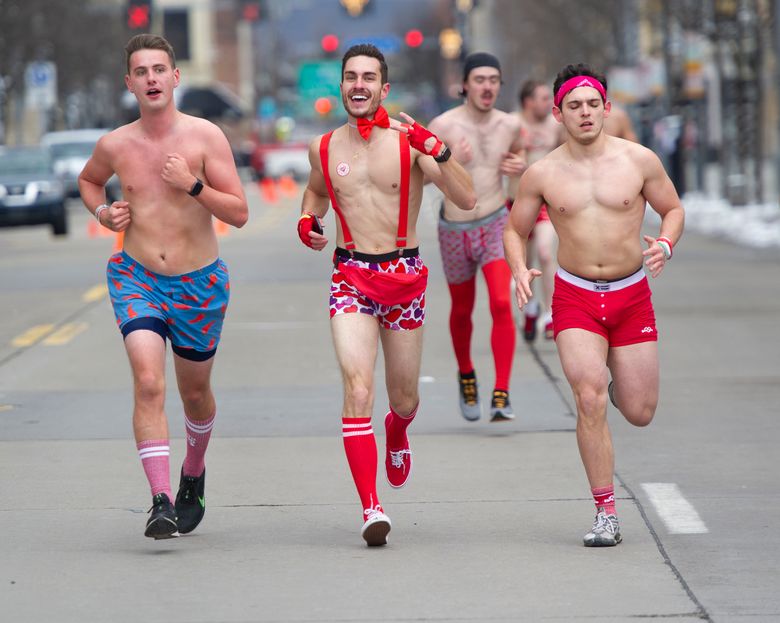Charitable runs, walks learn to adapt to crowd limits
by WILL GRAVES


PITTSBURGH (AP) — The coronavirus pandemic has forced charities or nonprofit groups to cancel or postpone an untold number of walks and runs that raise money for everything from Alzheimer’s to Parkinson’s.
There is, however, room to evolve.
When the Arthritis Foundation’s Pittsburgh chapter scrubbed its annual “Walk to Cure Arthritis Event” scheduled for May 16, it gave the 242 registrants a certain freedom.
“People could kind of do what they wanted at their own pace and at their convenience,” said Linda Glace, development manager for the foundation’s western Pennsylvania and West Virginia chapter.
Such a move could potentially allow organizations to expand their footprint in the future because it would remove geographical barriers.
The nonprofit WORK amended its “Run Across Haiti” to “Run Across May” to incorporate just about anything, be it running 200 miles by May 31, doing 200 lunges or baking 200 cookies and using hashtags on social media to promote it in hopes of raising awareness. The American Cancer Society’s first “Lakes to Bay 5K” is a virtual run is a relay that started around the Finger Lakes in New York on May 11 and will wrap up on the Chesapeake Bay in Maryland on May 31. Registered runners were encouraged to take a picture during their respective legs and share it on social media.
The Pittsburgh Marathon’s “Run for A Reason” program generates around $1 million annually for 35 various nonprofits, most of them locally based. Though organizers offered refunds when the race weekend scheduled for early May was canceled, about 1,100 who signed up to run for charity stuck it out and completed their prescribed distance on their own.
Advertising
“They still all got their medal and their shirt and their sunglasses,” said Allison Corbett, senior vice president for P3R, which helps organize most major road races around the city, including the marathon and half-marathon. “People are still excited to get the race swag that they earn. It all comes back to that sense of community.”
A sense that will be tested in the coming months and perhaps years as charities and those that support them deal with a new normal. Charity runners by the tens of thousands flood courses across the country each year. They run for their parents. Their siblings. Their friends. Themselves. Exercising and raising money for a cause close to them scratches two itches at once.
Training can be a slog, but the events themselves can be glorious. Trying to keep that energy going when the adrenaline rush that comes with lining up alongside others united for a common purpose will be difficult if social distancing rules remain in place for a long time.
“Nothing beats the in-person interaction,” said WORK executive director Vivien Luk. “We’re keeping an eye out on when we can (“Run Across Haiti”) again and doing it louder than before.”
WILL GRAVES